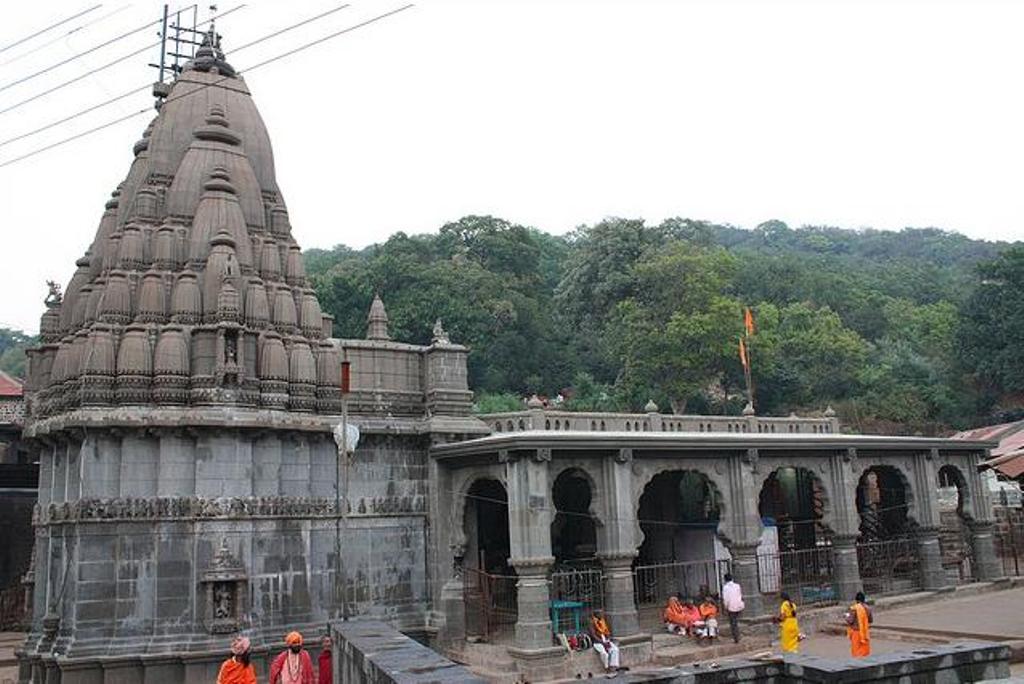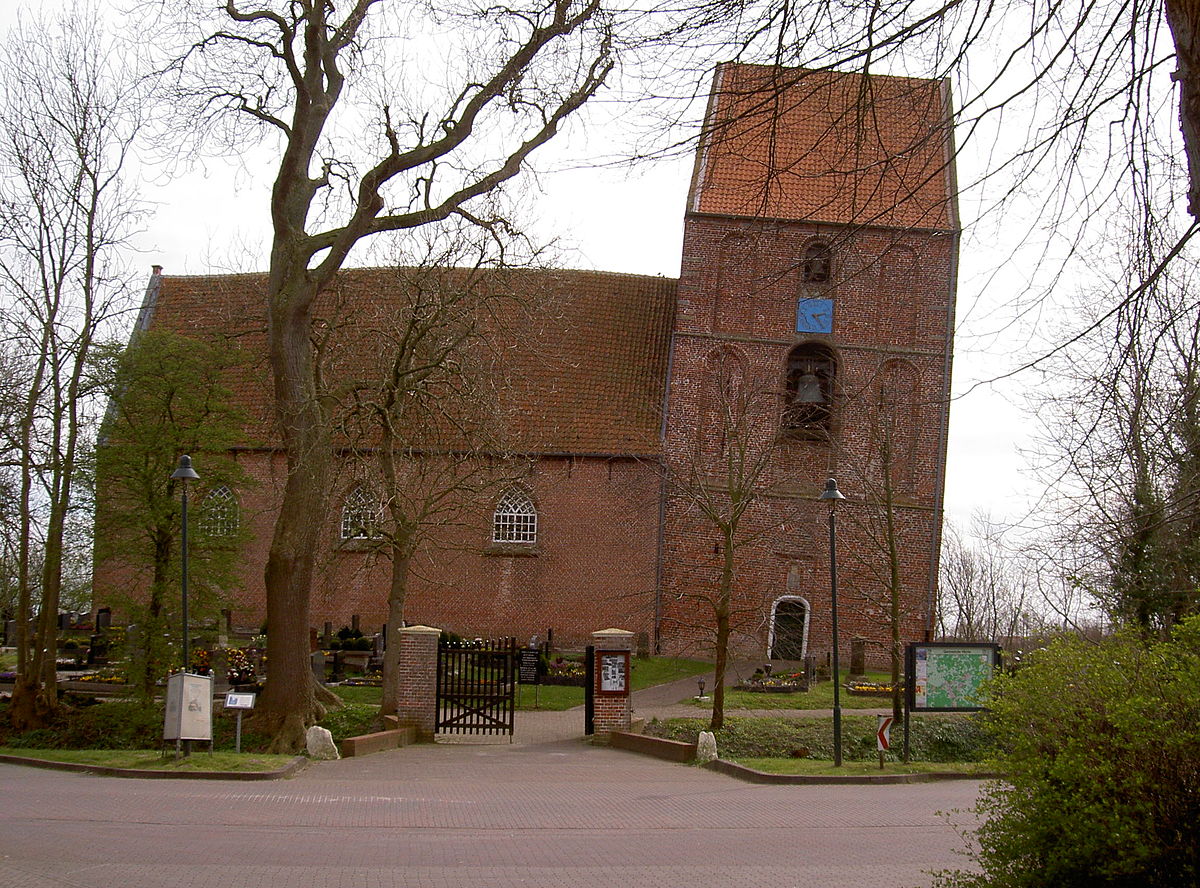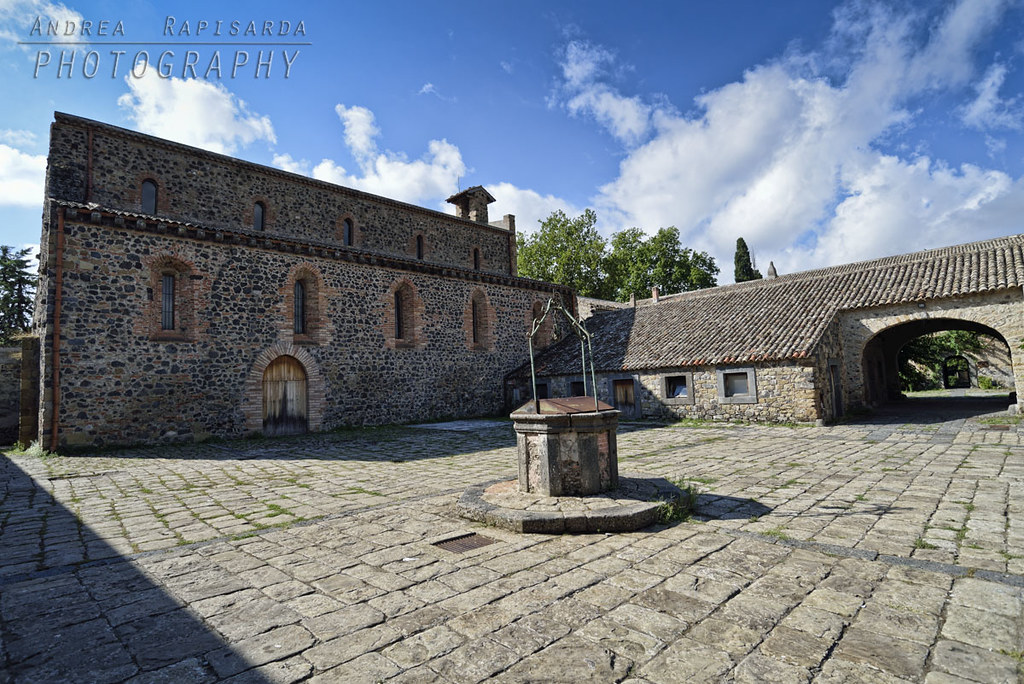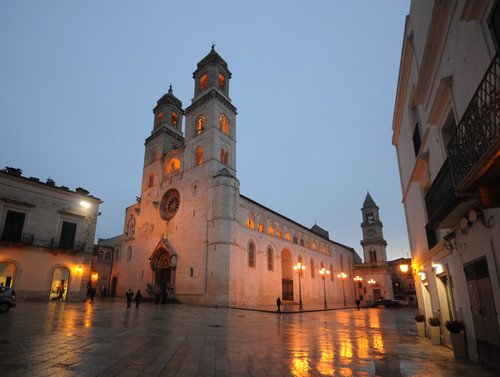The Church of Sant’ Eligio Maggiore is one of the earliest Angevin churches built in Naples and represents one of the examples of Southern Gothic that most closely resembles the Gothic beyond the Alps. The church, together with the hospital that stood next to it, was begun in the 1370s under King Charles I of Anjou. The polygonal apse faces east, toward Piazza Mercato, while the entrance to the Church is from the right side, before the arch with the famous Clock, with the beautiful splayed portal from the late 1200s, the only one of its kind in our City, certainly the work of French craftsmen, with zoomorphic and phytomorphic elements carved in strong overhang.
The interior has three naves, increased by a fourth at the end of the 16th century. The roofing of the nave and transept is of wooden trusses, while the aisles and apse have ribbed vaulting in yellow tuff with piperno members. The fourth nave, which was part of the former hospital, is accessed through two large piperno arches of late Renaissance style. Fragments of 14th-century frescoes by various authors, including the "master of the Chapel of the Lioness" in San Pietro a Maiella, can be admired here.
On the pillar at the beginning of the left aisle is a fragment of a 14th-century fresco depicting a saint wearing a tiara, a Holy Pope, whose identification is uncertain. The most important monument is the "Monumental marble framing," attributed to the Malvito workshop, dated 1509, of the Chapel of the Congregation of the Lanii (butchers). Here was placed a large terracotta altar cone, painted by Domenico Napolitano, depicting Prophets and Sibyls, fragments of which, recently restored, are kept at the Museum of San Martino in Naples.













